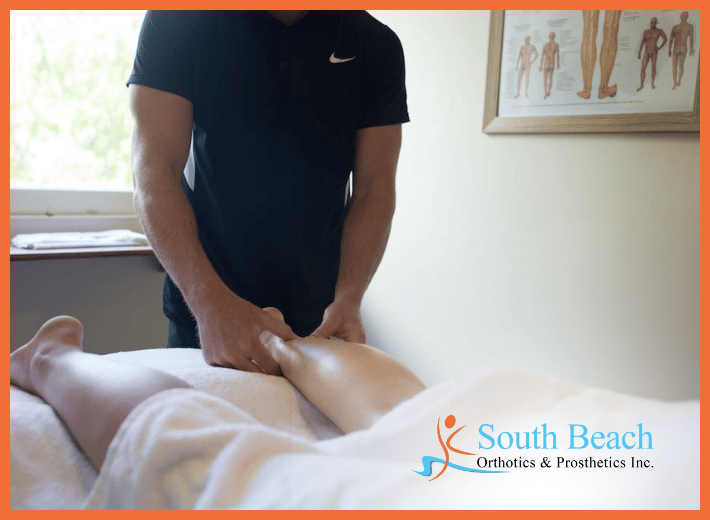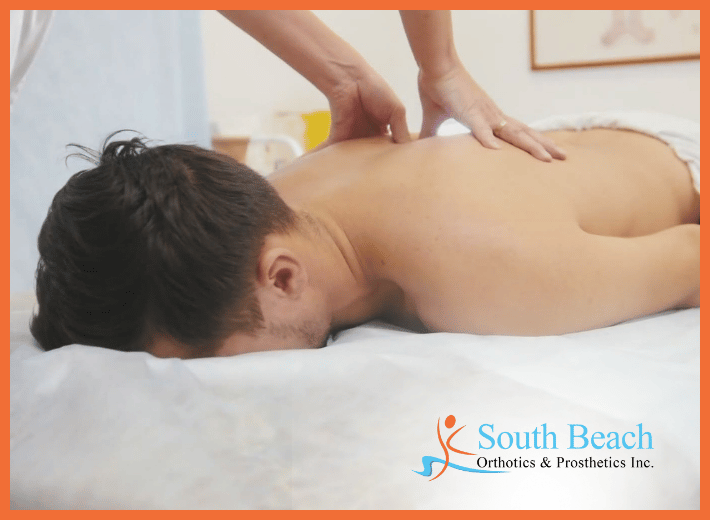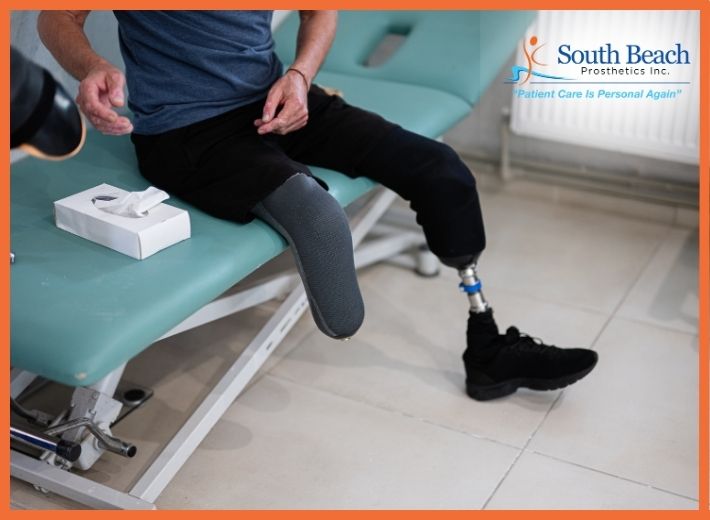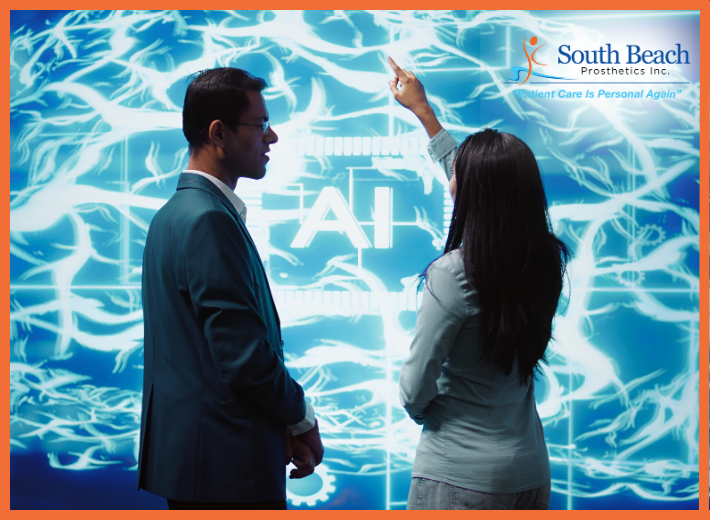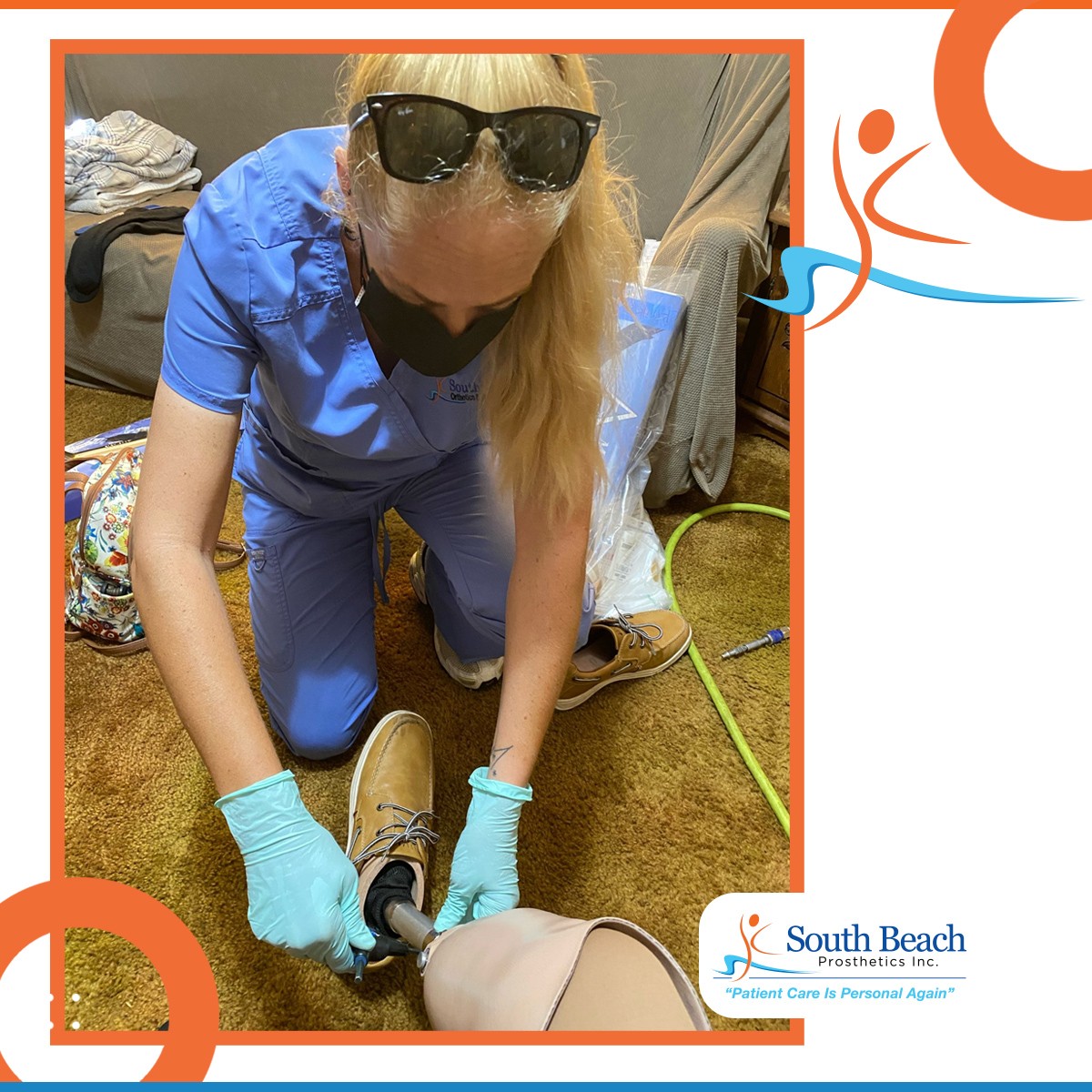An amputee’s successful rehabilitation journey includes a variety of approaches. A key element in rehabilitation provided to new amputees is massage therapy. Whether used as a preventative and maintenance measure or an integral element in the different rehabilitation phases — the benefits are excellent. Learn more about it by reading below.
Losing a limb is a physical and psychological trauma that has a profound influence on the life of an amputee. Providing comprehensive rehabilitation services and programs to individuals in recovery is, unsurprisingly, a complex process. To address the individual’s unique functional, emotional, social, and psychological needs, a multidisciplinary team approach is often required. This approach is often called a “team approach” or “integrated healthcare.”
The benefits of a “team” working on behalf of an amputee are lovingly described by Dr. Terrance Sheehan, director of the Amputee Coalition Science and Medical Advisory Board, as follows:
The care offered to those with limb loss, especially early in their recovery, needs to be given by many people. Whether it is the love of a significant other, the compassion of a nurse or the optimism of a therapist, help and healing needs to come from many. The person new to limb loss needs to accomplish a lot of work and timely success depends upon a cohesive group of professionals coming together to provide the tools to accomplish that success. This team cannot do the work of the person with limb loss, but they can ease the burden, quicken the pace, and shine the light on the path ahead (“The Team Approach”).
Recently, it has been recognized that there was a missing element in the rehabilitation services being provided to new amputees. In response to this need, massage therapy has been integrated into many amputee rehabilitation programs.
What is Massage Therapy?
Massage therapy is used to prevent and treat physical dysfunction and pain through applying various manual techniques to the soft tissue of the body (muscles, connective tissue, or fascia) and joints. It is recognized as a noninvasive therapy, which, when applied by a trained licensed massage therapist, can have several highly beneficial effects.
Amputees often experience pain in muscles and joints that are not directly associated with the area of amputation. These areas are called “compensatory structures” because they are required to perform additional functions to compensate for limitations resulting from the amputation. This imbalance in muscle activity often results in muscular tightness, stiffness, and spasms, which may manifest in a variety of ways across different levels of amputation as well as different areas of each individual’s body.
It is necessary to determine the possible cause of muscular restrictions and reported pain to develop an appropriate treatment plan. The massage therapy treatment may consist of trigger point therapy, joint mobilization, and specific massage techniques to the affected soft tissue. Education in proper posture and instruction in-home care (stretching, for example) are also important elements of massage treatment.
Every amputee is unique in their recovery journey. Many factors can contribute to the rehabilitation process such as age, overall health, cause of amputation, and their current stage of amputation. Please consult with your healthcare team before deciding to add any course of treatment.
Ultimately, massage therapy can be of great benefit to amputees, whether as a preventive or maintenance measure or as an integral element in the various phases of rehabilitation. It is highly recommended that amputees receive massage therapy in conjunction with beginning prosthetic training and ongoing prosthetic use. This can help prevent muscle strain, tightness, and related pain symptoms that may develop due to alterations in posture and biomechanics combined with the new demands placed on the muscles directly and indirectly involved.
Benefits of Massage Therapy
Massage therapy can produce short-term or long-term relief from a variety of symptoms. It is important to stress that even short-term relief can have a huge positive effect psychologically. Several studies suggest that massage therapy is also highly effective in reducing stress and anxiety and in increasing sleep duration – all important factors that can affect an amputee’s quality of life.
Some of the reported benefits of massage therapy include:
- Reduced swelling
- Increased circulation
- Less muscle stiffness
- Reduced scar tissue tightness
- Reduced spasms
- Increased muscle length
- Less pain
- Decreased anxiety and stress
- Longer sleep
- Increased relaxation
Common Amputee Conditions Treatable by Massage Therapy
- Phantom Limb Pain
- Residual Limb Pain
- Hypersensitivity
- Muscle Tightness, Stiffness, and Spasms (Contractures)
- Scar Tissue Effects (tightness, itching, or pain)
- Swelling
- Poor Blood Circulation
We’re committed to your health and mobility — and this goes far beyond just providing prosthetics. We want you to regain independence and return to a life you love. Contact us today at (888) 819-4721 to get the best prosthetic care. Find our Facebook community here.
Reference: [https://www.amputee-coalition.org/resources/massage-therapy-in-amputee-rehabilitation-and-care/]

